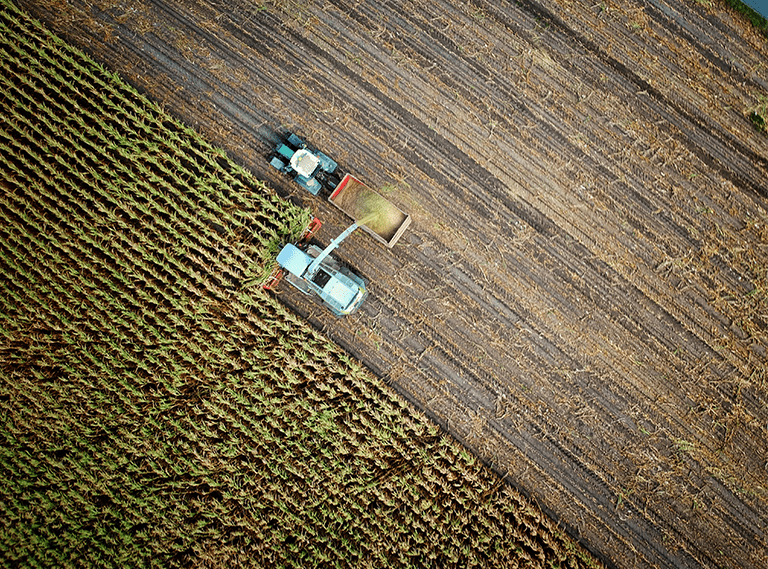Unprecedented increase in global populationis one of the most important factors for land degradation. Consequently, this further has affected the utility of land in the context of fertility and sustainable resource management. This is now a fact thatagriculturallandhas been shrinking due to urbanization. In addition, this has been observed that there has been a significant change in the weather pattern across the globe. Furthermore, abrupt changes in the topography due to urbanization has impacted the drainage system as well. So, this is necessary to understand that optimal requirements in terms of physical, environmental and biophysical may also not be adequate. Hence, there may not be a balance between the demand for food production and supply for the same in future. Therefore, more than ever before, there is a need to sustainable agricultural framework. This framework should be robust in deciphering the dynamics of agricultural practices. Primary aim of this framework is to increase the agricultural production using little resources. In addition, there should be a possibility of scaling up the production across globe. At this point, this is also required to be highlighted that the framework should be easy to implement as complexity in the framework may discourage the stakeholders to use it. If this happens, this may harm the prospects of sustainable agricultural practices. Development of a sustainable agricultural framework needs to consider multidimensional attributes from various aspects of agricultural system. This includes land system, weather parameters, crop management practices, and biophysical aspects of the land. In addition,socio-economic and socio-cognitive aspects of the farm system should not be ignored. Otherwise, any framework pertaining to addressing the issues of agricultural system may not be practically relevant. Therefore, there should always be a module in the framework to select the most optimal attributes for agricultural studies. In addition, this is also necessary to understand that there is a non-linear relationship among the factors which affect the agricultural processes. Hence, we should adopt a framework which can address the non-linearity of the factors. There should be a way to construe the impact of these factors on each other in the context of agricultural production. Once the impact of these factors on each other and on the agricultural production is construed, the study and implementation of any agricultural framework can be scaled up. In addition, significance of different factors in making the agricultural production sustainable may be identified and quantified. Quantifying the significance of factors may help in assessing the economical aspects of agricultural production process as well. This may help in excluding those factors which have economical quotient high, but are not much significant in increasing the agricultural yield. In addition, this may also help in developing a model which can handle the local complexities of topography in the context of its impact on agricultural yield. Scaling up the implementation of an agricultural framework or model requires availability of data in large scale and the application of algorithms for deciphering the complexities in the data. Hence, the advance technologies such as satellite remote sensing and artificial intelligence framework should be used for developing models for addressing agricultural problems. Furthermore, employing these technologies will enable all stakeholders for fast dissemination of information as well. This is absolutely important to note that timely and accurate information on agricultural factors or production may avoid a range of agricultural hazards.

